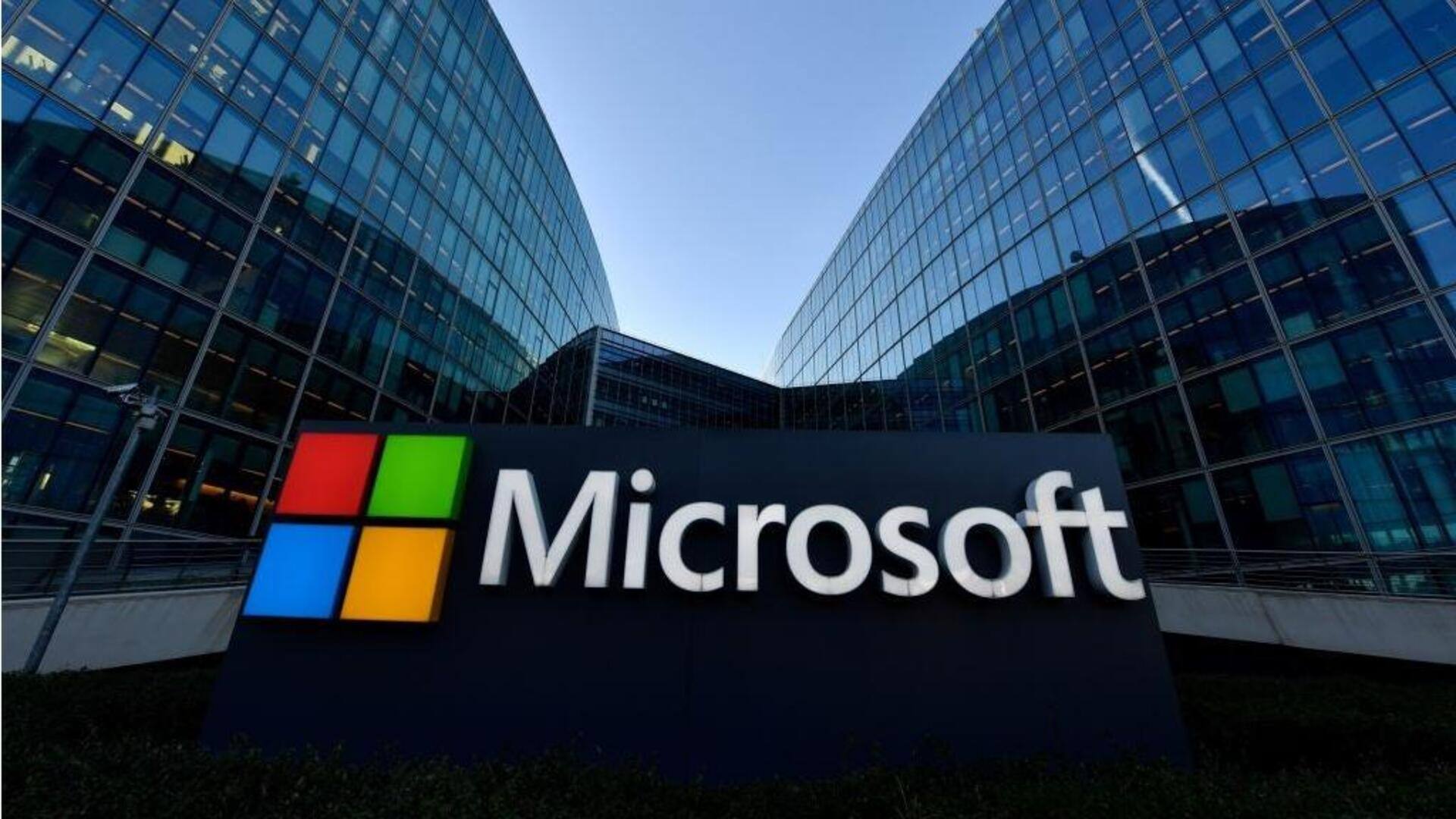
Microsoft's new AI safety tool can detect and correct errors
What's the story
Microsoft has introduced a new feature named "correction" to its Azure AI Studio. This innovative tool is designed to identify and rectify inaccuracies in artificial intelligence (AI) outputs. The feature is currently available in preview mode, as part of the Azure AI Studio's suite of safety tools. These are specifically engineered to detect vulnerabilities, identify "hallucinations," and block harmful prompts within AI systems.
Functionality
How does the feature work?
The "correction" feature operates by scanning and pinpointing inaccuracies in AI output, using a customer's original material as a reference. It not only identifies the error but also provides an explanation for its incorrectness. The system then rewrites the flawed content, all before the user notices any mistake. This process aims to address the frequent inaccuracies produced by AI models, enhancing their reliability and accuracy.
Comparison
Microsoft's AI correction tool compared to Google's Vertex AI
Google's Vertex AI, a cloud platform for businesses developing AI systems, offers a similar feature that "grounds" AI models. It verifies outputs against Google Search, a company's own data, and soon will include third-party datasets. However, unlike Microsoft's tool which utilizes both small and large language models to align outputs with grounding documents, Google's system does not provide automatic correction of identified errors.
Limitations
Microsoft acknowledges potential limitations
A Microsoft representative acknowledged to TechCrunch that their "correction" system is not infallible, and may still make mistakes. The spokesperson emphasized, "It is important to note that groundedness detection does not solve for 'accuracy,' but helps to align generative AI outputs with grounding documents." This statement highlights the tool's primary function of aligning AI outputs with reference documents, rather than guaranteeing absolute accuracy in every instance.